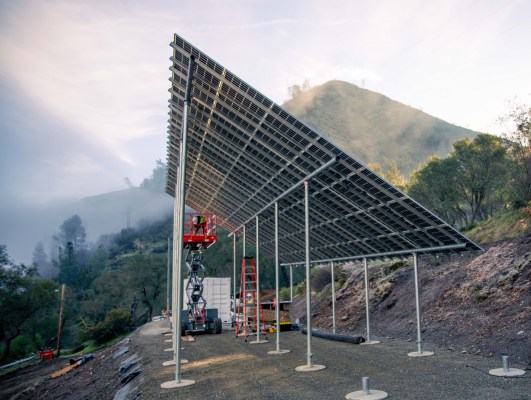After sparking California’s second-largest wildfire ever, and dozens more in recent years, it’s no secret that Pacific Gas and Electric (PG&E) — one of the nation’s largest utilities — is interested in alternatives to aboveground transmission lines.
One option touted by PG&E is to bury thousands of miles of power lines in “high fire-threat areas.” That effort is underway, and it will cost billions and take a decade or more to complete, per the utility’s projections. Yet, another piece of the puzzle may be microgrids.
BoxPower, a startup working on such tech, says its mini power stations can do a better job of delivering reliable, low-carbon energy to folks who live “on the edges of distribution lines.”
Neither route will scrub away PG&E’s horrid environmental track record, but as climate change drives more extreme heat waves, solar-powered microgrids could help remote communities keep the lights on even when the macrogrid goes down, while eliminating some dangerous power lines in the process. That’s the idea, and it’s why Grass Valley, California–based BoxPower raised a $5 million Series A round from Swell Energy backer Aligned Climate Capital.
“By placing the Microgrid within ~250ft of the customer, BoxPower eliminates all overhead power lines,” BoxPower co-founder and CEO Angelo Campus said in a statement to TechCrunch. Featuring solar arrays, big batteries and backup propane generators, the power generated by the startup ultimately reaches rural residents “via low-voltage underground wires,” said Campus.
Along with utilities, BoxPower says it has also worked on residential, commercial, and agricultural projects, which are typically “islanded” or not connected to the main grid. In all, the startup says it currently operates more than 35 microgrids across California, Puerto Rico, Alaska and Hawaii.
“BoxPower is on track to deploy an additional 25–30 micro grid systems this year,” Campus added.
